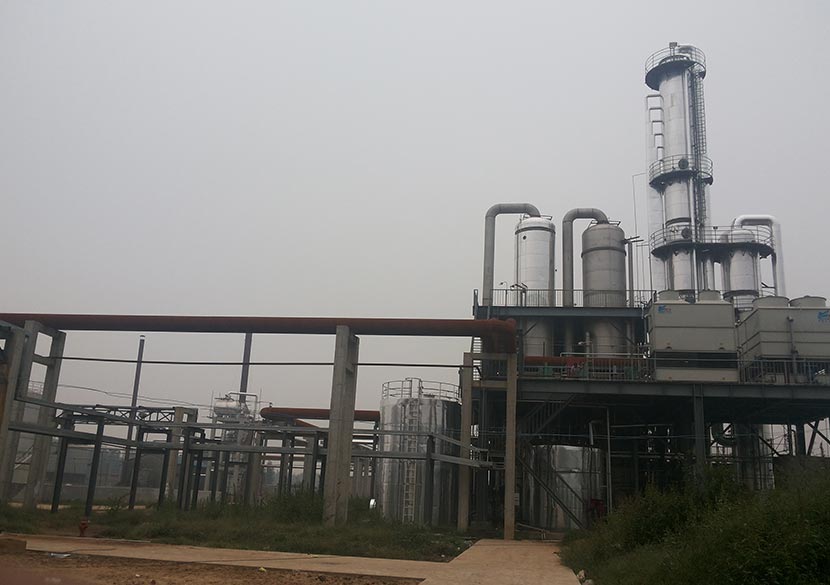Comparing The Different Formaldehyde Production Process
Jan. 03, 2019
Formaldehyde is a key raw material for producing value-added chemicals like melamine, urea-formaldehyde and phenolic resins. The most common product is at a 37% aqueous solution, however, concentration is often as large as 57 percent. Now, there are two main Formaldehyde Production Process: oxidation-dehydrogenation employing a silver catalyst, between both incomplete or complete conversion of methanol; and also the direct oxidation of methanol into formaldehyde using metal oxide catalysts (Formox process).
An important component in the compounds used to make resins, adhesives, plywood and particleboard, insulating material, and lubricants, formaldehyde is produced commercially from the oxygenation of both methanol. We adopt advanced Formaldehyde Equipment. The creation of formaldehyde from methanol using a silver catalyst is done at elevated temperatures and yields formalin, a 37% solution of formaldehyde in water. In a formaldehyde manufacturing procedure, a catalyst of iron oxide can be utilized with molybdenum or vanadium, also frequently yielding formalin, but in addition it may be optimized to create concentrations around 57%. The greater concentration can decrease storage and transport expenses and may be diluted to the desired concentration. A FA production which uses metal oxide catalysts is known as more sophisticated and is normal in large volume, higher technology manufacturing centers. 1 typical metallic oxide catalyst formaldehyde manufacturing procedure is the process.















